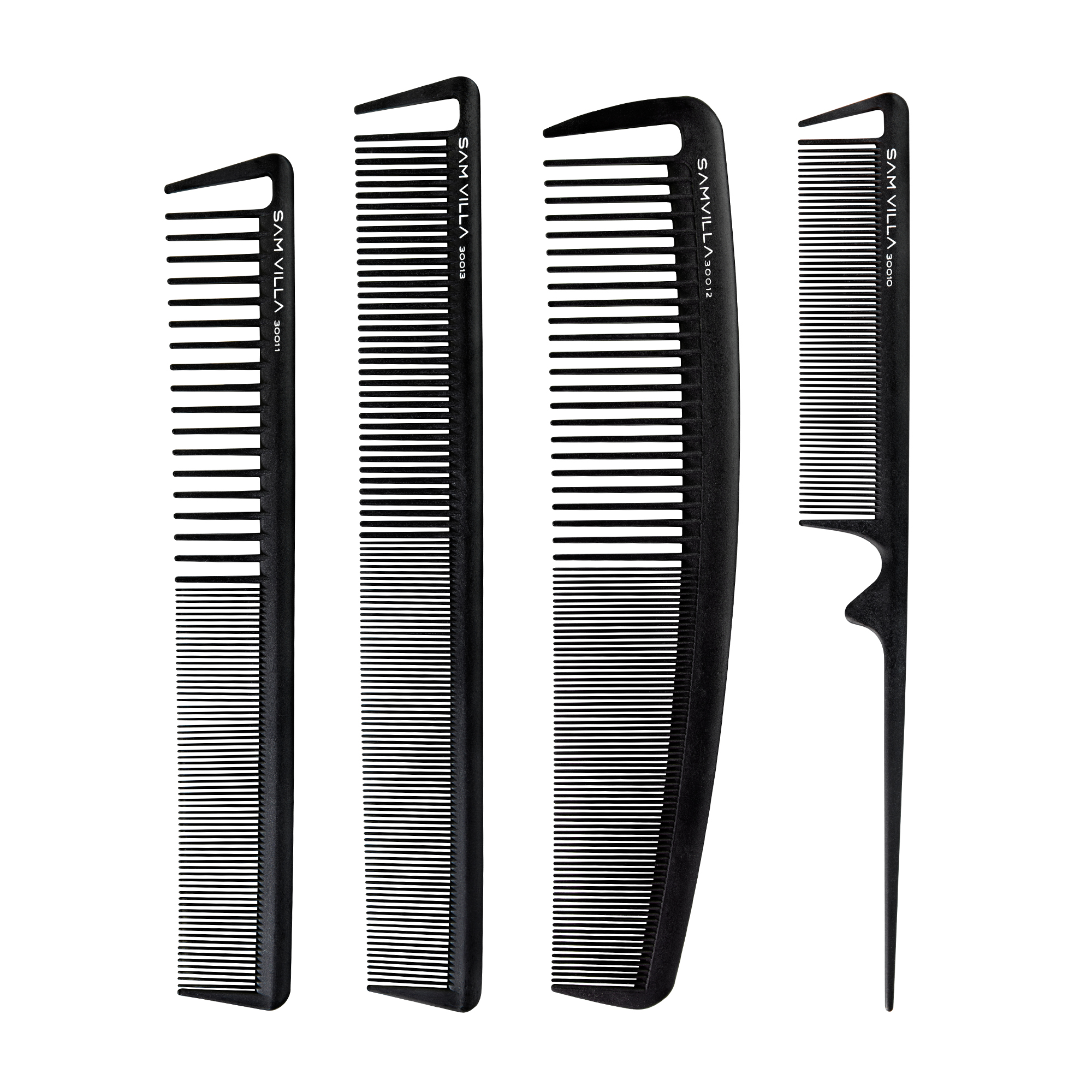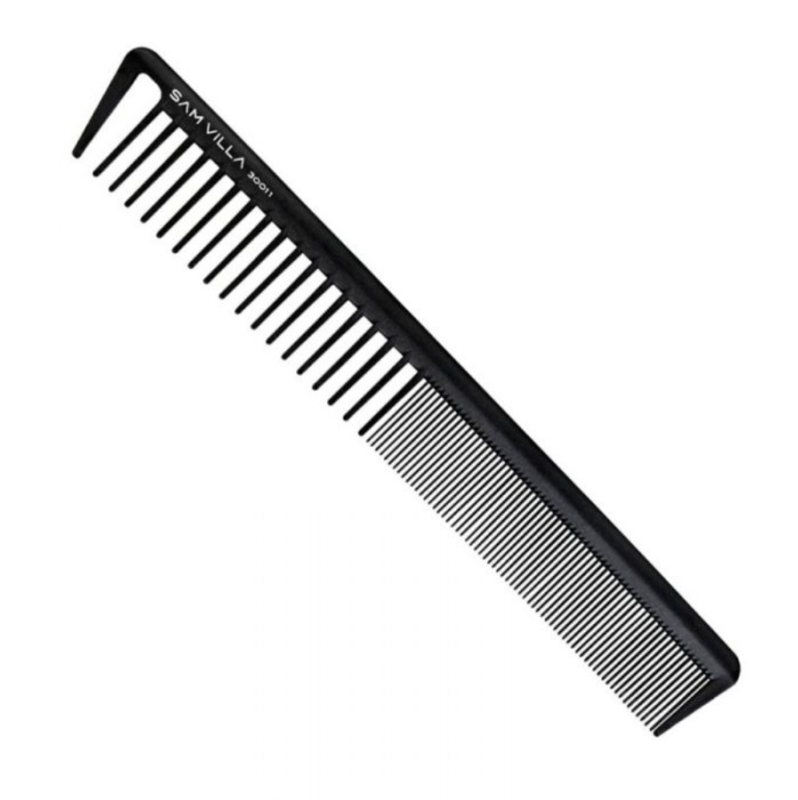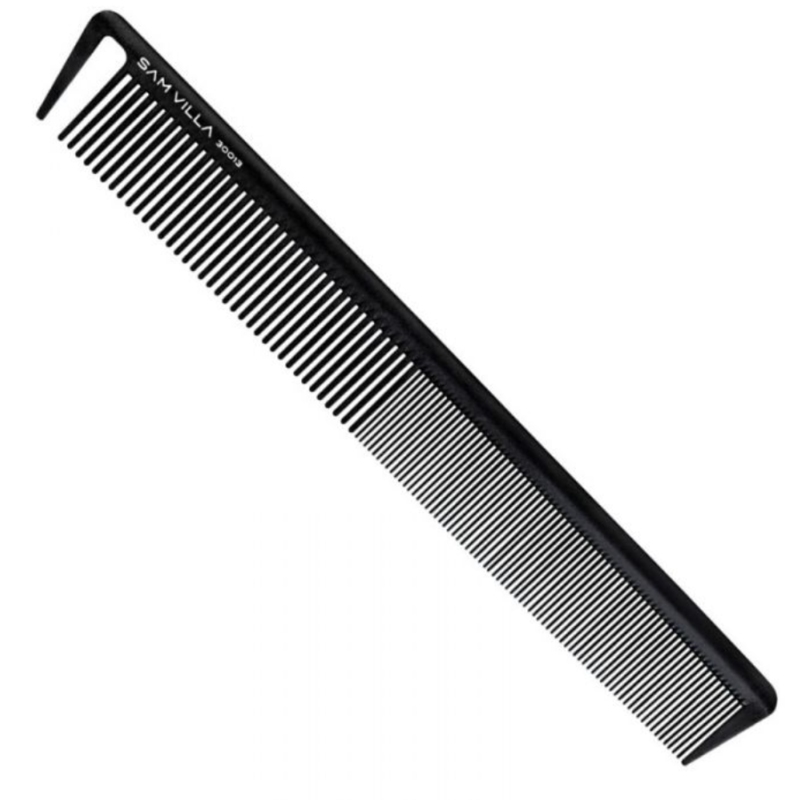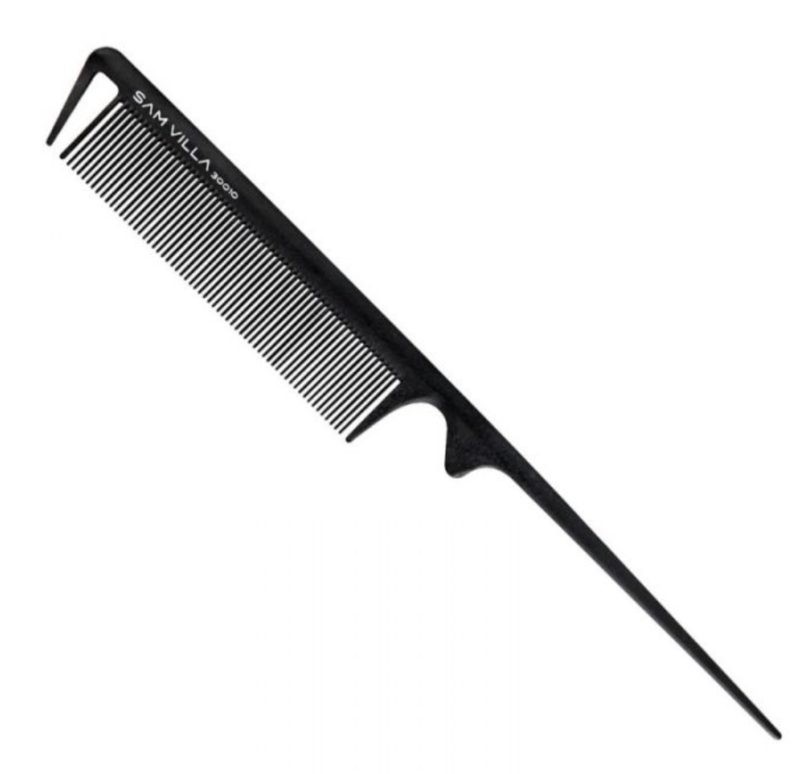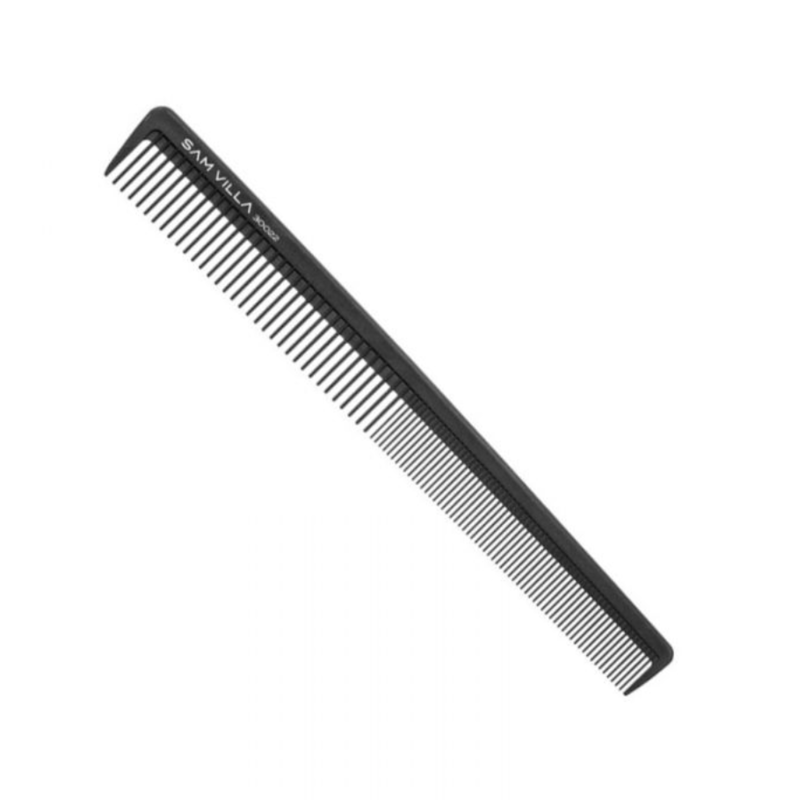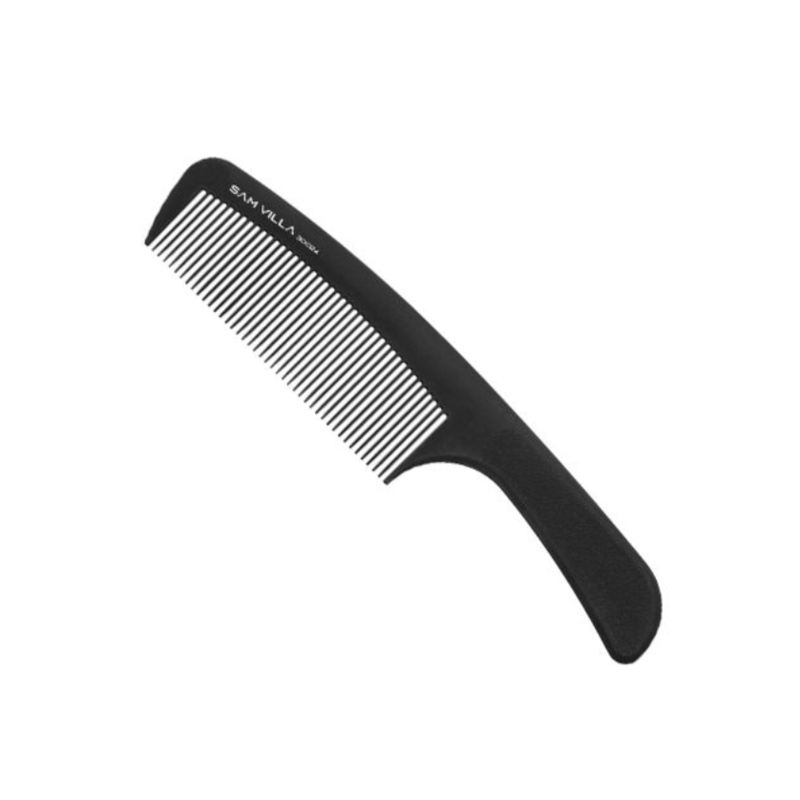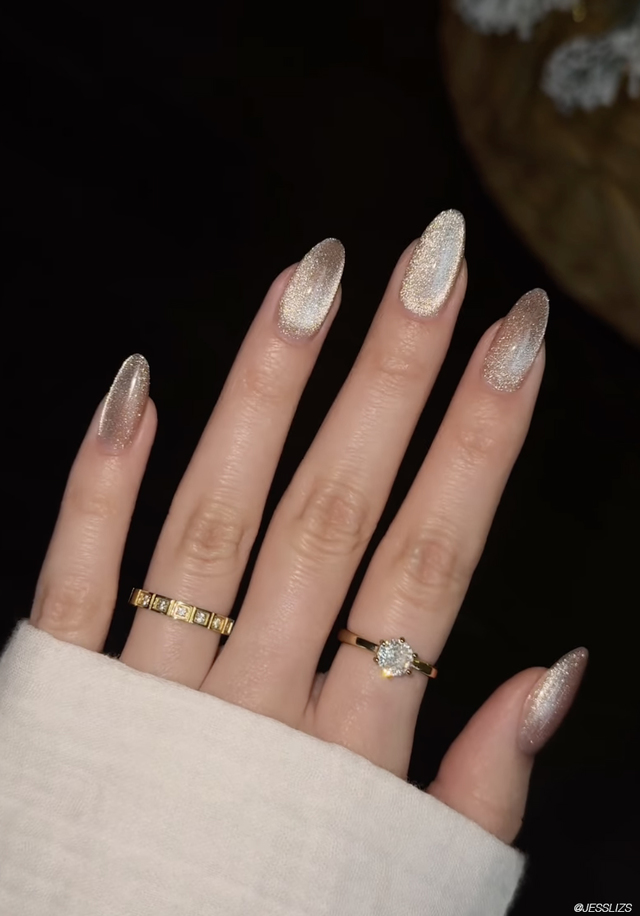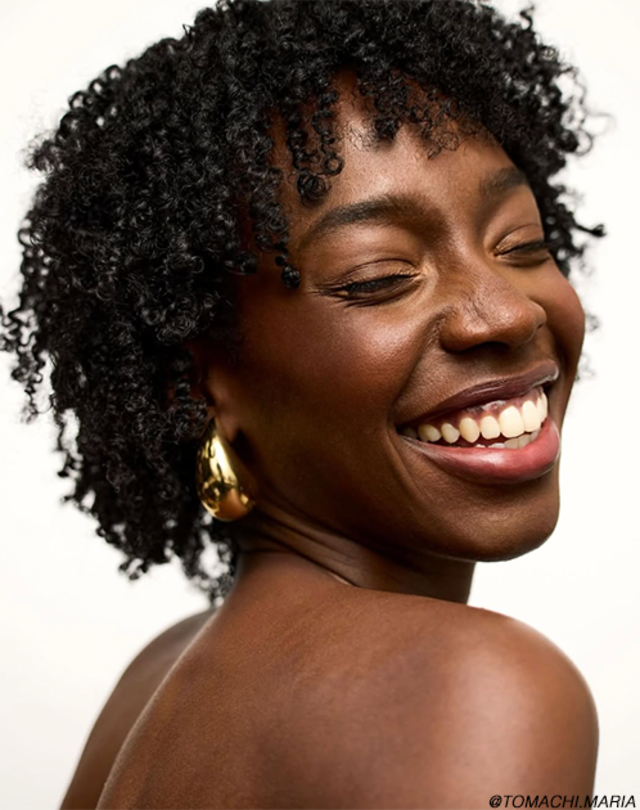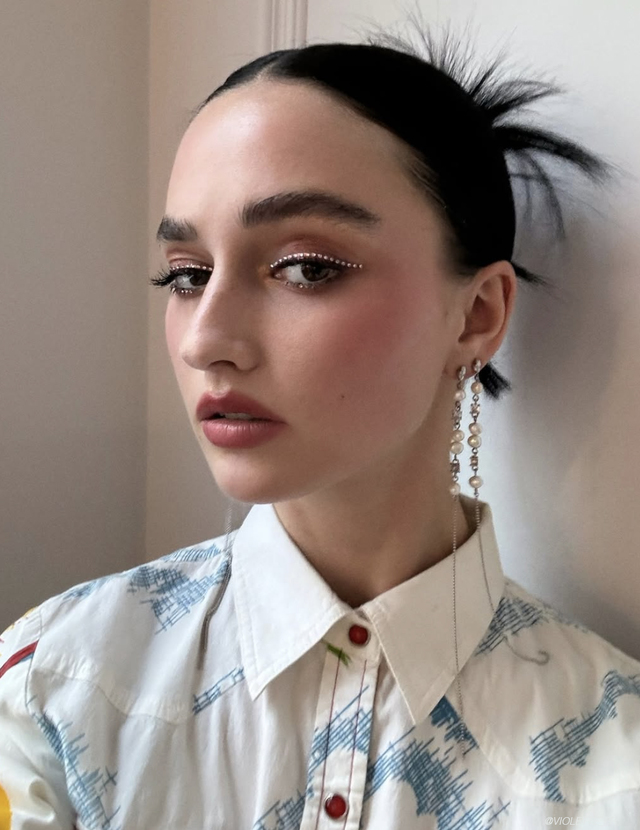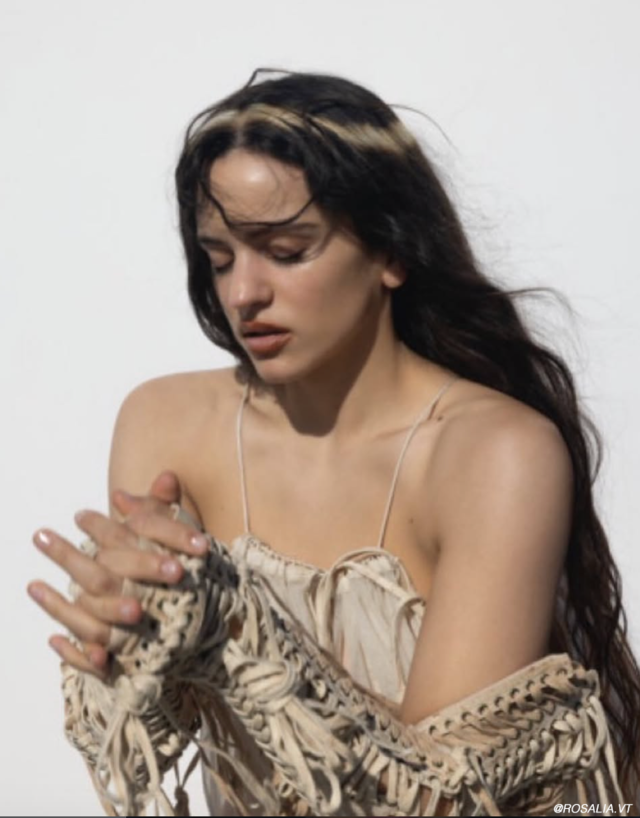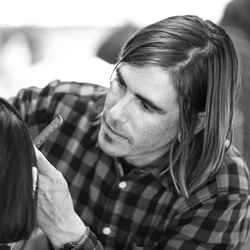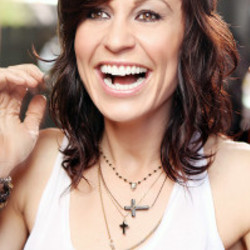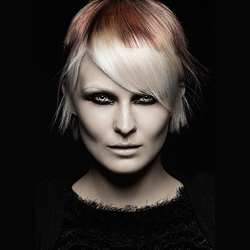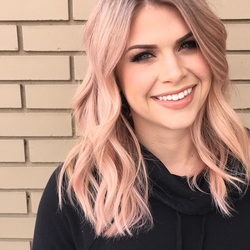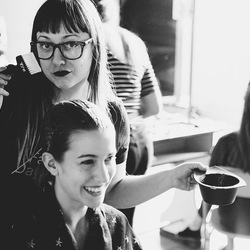Tools and products are some of the most important aspects of salon life. Outside of skillset and techniques, tools allow a stylist to ultimately achieve their goals behind the chair and bring their vision to life. Whether you specialize, or offer both cutting and coloring, learning how to use a comb properly can help tremendously in all aspects of hairdressing. “If there is any tool that gets us in trouble when cutting, it’s the comb and not using it enough,” says Sam Villa, Co-Founder and Chief Creative Officer of Sam Villa and Global Artistic Ambassador for Redken. Every comb is designed with a specific purpose in mind, and when utilized properly, can aid in elevating a hairdressers skillset from good to outstanding. Keep reading to hear some of Sam’s top tips and learn about which comb is best for various occasions.
Sam’s Tips:
- Combs can affect the ergonomics of the body. No matter where a comb starts, when pulled towards the body it defaults to the center of the chest. Ever notice why right-handed stylists tend to cut the right side of the head longer than the left and vice versa for southpaws? It’s because they favor one side and are off-center. “Where you stand affects the action of the comb, which in turn affects the cutting line,” explains Villa.
- Master the comb flip and the increased dexterity adds control and saves time from putting tools down or switching from hand to hand. Practice enough to work equally efficient with both hands and anything is possible.
- Understand when to use each side of the comb or it will create inconsistencies in cutting. Fine teeth clean sections for cutting and provide high tension, whereas wide teeth allow hair to move through with less effort, which is ideal for cutting curly hair and creating looser texture. Wide teeth are also ideal for cutting one length bobs to create consistent tension and ensure even one-length hair.
- Think of the comb as a guide to read the angle, elevation and cutting line. Use a black comb on lighter hair and a white on darker levels – the contrasting colors clearly define the cutting line and angle.
- Consider the length of the spine - shorter combs are best on shorter hair because they get up close to the scalp for tapering around the ears and the neckline. Longer combs are designed for long hair because they can handle larger sections. Line up the spine of a comb correctly and cutting will be spot on.
Learn more about the what, when, why and how of each comb and how to master the comb flip watch the video below!.
Combs & Their Purposes
Signature Series Short Cutting Comb
Ideal for sectioning and cutting small areas close to the head – think men’s cuts, pixies and fringe, including scissor/clipper-over-comb techniques.
Signature Series Long Cutting Comb
Extended length for creating larger sections which is ideal for cutting, coloring and finishing longer hair.
Signature Series Tail Comb
The narrow teeth are perfect for teasing/backcombing and the long tail gives precision control when sectioning, foiling, braiding and applying dry shampoo. This version has a special notch to insert the middle finger, with pointer on the top of the spine and the thumb on the side it provides maximum control.
Signature Series Wide Cutting Comb
The best choice for cutting and styling curly hair. The wide teeth provide the perfect amount of light tension, so curly hair falls naturally when cut.
Artist Series Detail Comb
The slim design delivers unparalleled precision control, especially on close tapers and tight spaces around ears and neck. Great for shear/clipper-over-comb techniques.
Artist Series Handle Comb
The slim flat design makes it a go to for shear-over-comb work because it can get really close to the head to create a clean precise taper and the contoured handle protects the wrist in the process. Also great for combing through color.
Tune in to even more education with FREE live WEEKLY sessions from the Sam Villa team — found here.
